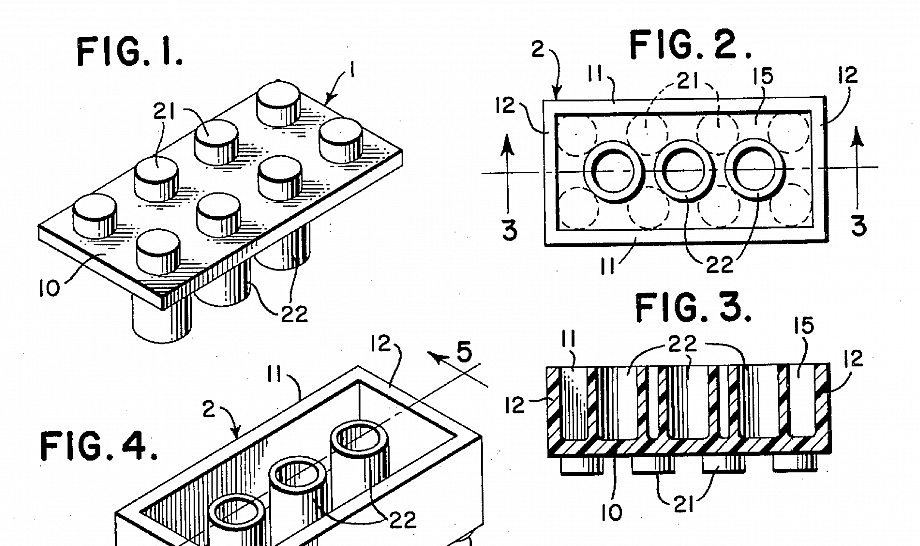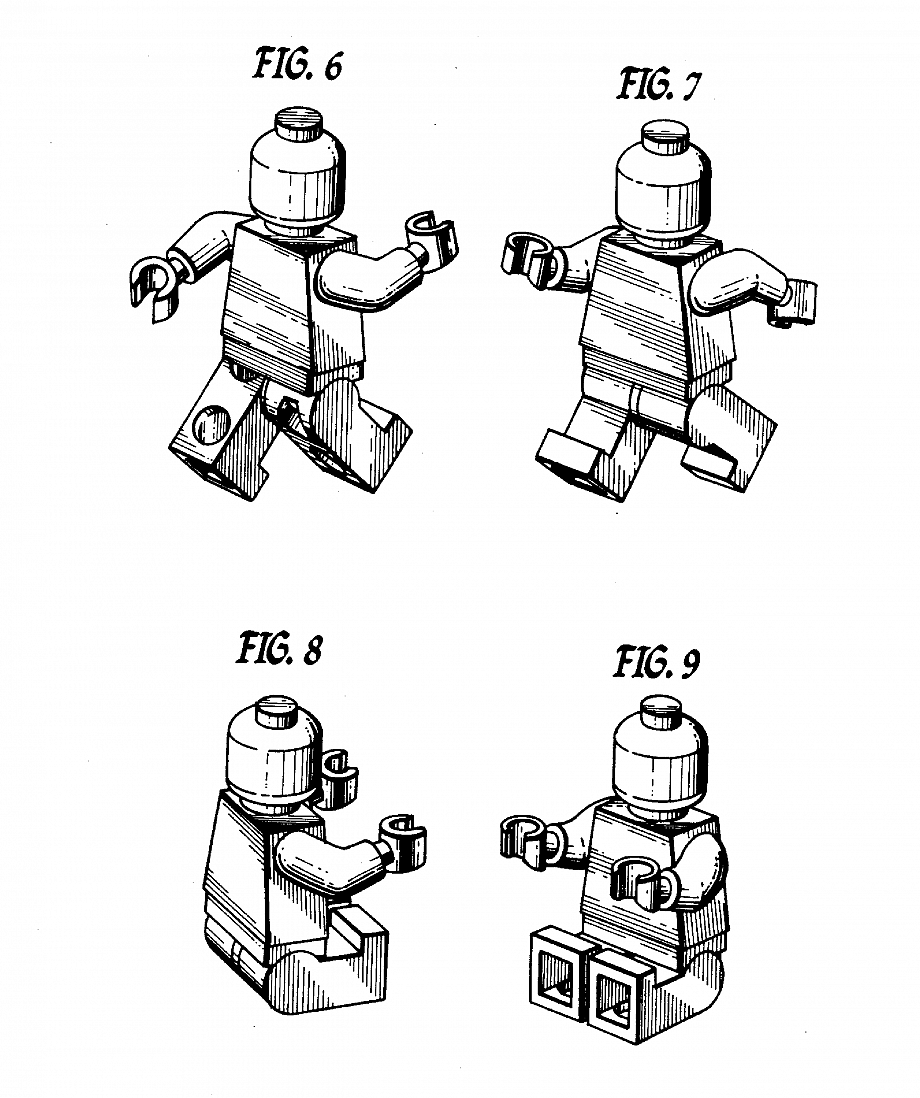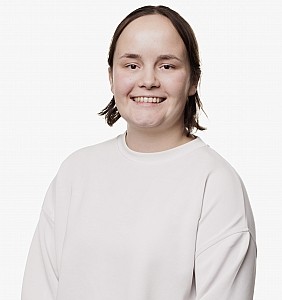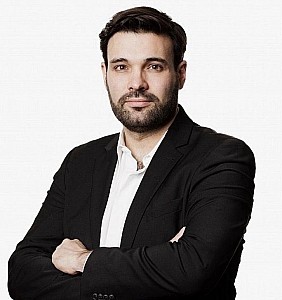The patent behind Lego bricks

Lego began as a Danish toymaker, but a comprehensive and strategic approach to intellectual property helped it turn plastic bricks into a worldwide symbol of creativity. From patents securing the fundamental brick geometry, trademarks protecting the globally recognized LEGO name, to design rights ensuring exclusivity on detailed sets and a distinctive 3D trademark on its iconic minifigures, Lego has systematically layered its IP protection. Licensing deals since 1998, such as those with Star Wars and Porsche have further reinforced Lego’s popularity.
Yet trademarks and licences would not have mattered without an early patent that locked down the basic brick geometry. United States Patent 3005282, granted in 1961, gave Lego 20 years during which no rival could legally copy Lego’s click.
Original claim from the Lego patent
Patent claims often seem complicated because they use precise, technical language. But think of the claim as a checklist: each listed feature must be present for infringement.
Here is claim 1 from United States Patent 3005282, as granted in 1961:
“In a toy building set, a hollow building block of rectangular parallelepiped shape comprising a bottom and four side walls, at least four cylindrical projections extending normally outwardly from said bottom and arranged in two rows of opposed projections to define a square, a tubular projection extending normally from the inner face of said bottom, and parallel to said side walls, the longitudinal axis of said tubular projection passing through the center of said square, and the peripheries of said cylindrical projections contacting said tubular projection and at least one side wall when said peripheries are geometrically projected normally to said bottom, whereby the cylindrical projections on one of said blocks may be inserted into clamping engagement with a tubular projection and a wall of another of said blocks.”

Now let’s break this down into easier-to-understand terms, with references to the figures:
- The claim starts by saying the product is a hollow rectangular block (2) with a bottom and four side walls (11, 12). That means the brick is open on one side.
- Next it says the top face has at least four round studs (21), set out in two rows that face each other so they outline a 2 by 2 square.
- Inside the cavity there is a tube (22) that stands up from the bottom and sits in the centre of that square.
- The key geometry comes last: if you draw a plan view, each stud’s circle (21) touches the circle of the inside tube (22) and touches at least one inner wall (11, 12). That spacing makes the studs (21) wedge between the tube (22) and a wall (11, 12) of the brick, giving the firm grip.
Putting the claim into plain language
That covers the usual eight-stud 2 × 4 brick, as shown in the figures of the filed patent. But change the brick’s colour, length, or even shrink it to a plate and the claim still applies, as those four features are met. This means the original claim covers bricks or plates that have at least one square of 4 studs. It even briefly covered Duplo bricks introduced a decade later.

Beyond the patent: Additional layers of IP protection
However, the strength of Lego's IP protection extends well beyond patents.
Firstly, Lego has secured robust trademark protection on its brand name "LEGO." Trademark protection, which can potentially last indefinitely if renewed and enforced, ensures consumers immediately associate high-quality bricks and creative toys exclusively with the Lego brand. The company's consistent branding and vigilant enforcement against unauthorized use reinforce this strong brand identity worldwide.
Secondly, Lego relies extensively on design rights to protect individual models and sets, ranging from basic bricks to elaborate themes like Star Wars and Technic models. These design rights typically provide protection for up to 25 years in the European Union (with varying durations elsewhere), allowing Lego to maintain exclusivity over specific configurations and aesthetic elements that appeal directly to their consumer base.
Finally, Lego has successfully secured a distinctive 3D trademark on its iconic minifigure. Unlike patents and design rights, a 3D trademark offers potentially perpetual protection, provided it remains distinctive and actively enforced. Lego fought vigorously and successfully in multiple legal jurisdictions to defend this trademark, highlighting the importance they place on protecting the unique appearance and shape of their minifigures. This long-term protection significantly bolsters their layered IP strategy, ensuring ongoing exclusivity in an iconic element integral to their sets and brand.

The lasting impact of Lego’s IP strategy
For two decades, Lego's patent provided a crucial window of exclusivity that allowed the company to perfect its products, establish a global presence, and solidify its market leadership. But even after the base patent expired, Lego continued to thrive, building a comprehensive and enduring IP strategy based on trademarks, design rights, 3D trademarks, and further patents protecting innovations on specific brick elements. Today, the strength of Lego’s brand identity and carefully cultivated intellectual property protections ensure that its iconic bricks, creative sets, and beloved minifigures continue to captivate and inspire generations worldwide.
Do you have a question?
We would be happy to assist you.
Make an appointment with one of our experts.
Rest assured, you're not alone.
Feel free to browse through the FAQ and don't hesitate to
contact us if you still have any doubts.




